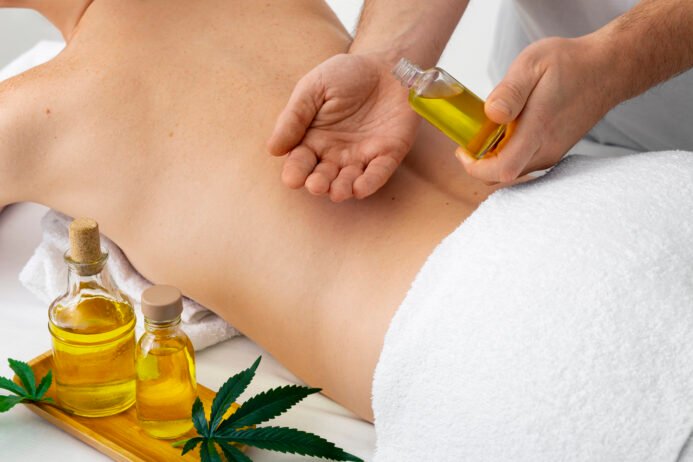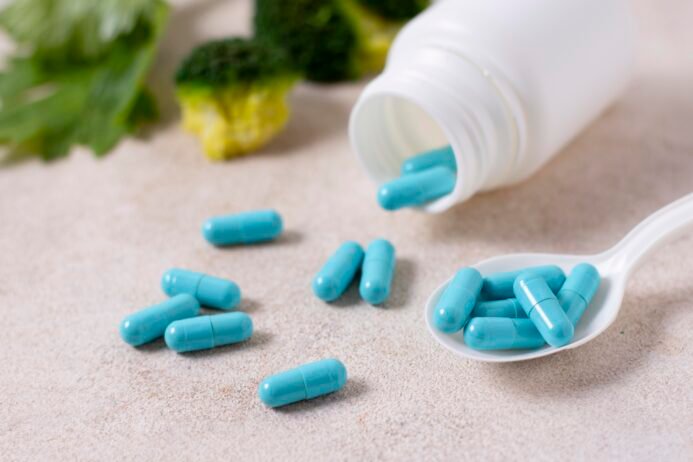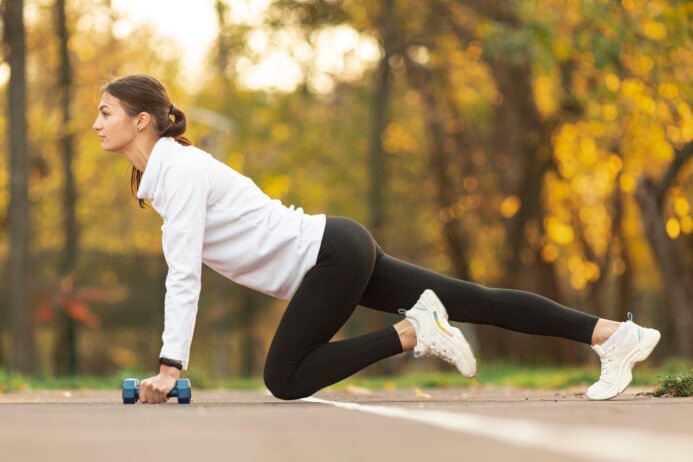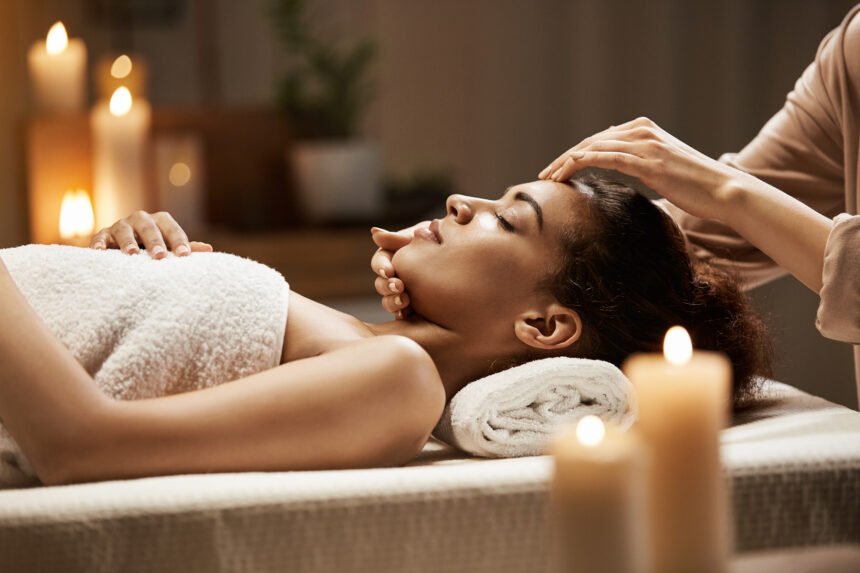Panchakarma—often misunderstood as a luxurious spa treatment involving endless oil massages—holds a far deeper place in Ayurveda. This ancient detoxification system, translating to “five actions,” aims to purge toxins, balance doshas (Vata, Pitta, Kapha), and rejuvenate the body, mind, and spirit. But amid the wellness hype, myths abound, leading to misconceptions that deter people from its true benefits or, worse, encourage unsafe practices.
In this post, we consult Ayurvedic experts to debunk common myths, highlight evidence-based facts, and explore Panchakarma’s holistic essence. Drawing from physicians’ insights, we’ll clarify why it’s not just about oils but a structured therapeutic protocol. Whether you’re curious about trying it or seeking clarity, let’s separate fiction from fact.
What Is Panchakarma? A Quick Primer


Rooted in Ayurvedic texts like the Charaka Samhita, Panchakarma is a seasonal cleanse designed to eliminate “ama” (toxins) accumulated from poor diet, stress, or environmental factors. It involves five core procedures:
- Vamana: Therapeutic vomiting to clear Kapha toxins from the upper body.
- Virechana: Purgation to expel Pitta-related impurities via the bowels.
- Basti: Medicated enemas for Vata balance, often using herbal oils or decoctions.
- Nasya: Nasal administration of oils or powders to cleanse the head and sinuses.
- Raktamokshana: Bloodletting (via leeches or venesection) for blood purification, used sparingly.
These are preceded by “Purvakarma” (preparatory steps like oleation and sweating) and followed by “Paschatkarma” (post-treatment diet and lifestyle). A 2010 study in the Journal of Ayurveda and Integrative Medicine noted its potential in managing chronic conditions like arthritis and digestive issues, though more large-scale research is needed.
Debunking the Myths: Insights from Ayurvedic Physicians


We scoured expert opinions, including from Ayurvedic clinics and physicians, to address prevalent myths. Here’s a breakdown, with responses from doctors like those at AVN Arogya and Om Mantra Health.
Myth 1: Panchakarma Is Just Fancy Oil Massages for Relaxation
Fact: While Abhyanga (oil massage) is part of preparation, Panchakarma is a medical detoxification, not a spa day. “It’s a comprehensive therapy addressing root causes of imbalance, far beyond surface-level pampering,” explains Dr. Nitika Kohli from AVN Arogya. Massages facilitate toxin loosening, but the core is elimination through the five actions. Critics like hepatologist Dr. Abby Philips (@theliverdr on X) argue it’s pseudoscience, inducing vomiting or diarrhea without evidence of longevity benefits. However, proponents cite its role in restoring dosha equilibrium.
Myth 2: Panchakarma Is Only for the Wealthy or Elite
Fact: “While residential programs can be costly due to personalized care, affordable outpatient options exist in government Ayurvedic hospitals and clinics,” says a consultant at Om Mantra Health. Costs vary from INR 5,000–50,000 depending on duration and location, making it accessible. It’s not exclusive—many rural centers offer it subsidized.
Myth 3: Panchakarma Is Painful and Invasive
Fact: When tailored to one’s constitution (Prakriti), it’s gentle and therapeutic. “Procedures like Basti may feel unusual but aren’t painful if done by experts,” notes Dr. Deep Ayurveda. Side effects like mild fatigue occur but subside with rest. A 2023 analysis debunked claims of harm, emphasizing it’s safe under supervision, unlike unguided detox fads.
Myth 4: You Can Do Panchakarma at Home Without Guidance
Fact: Absolutely not. “Self-administered Panchakarma risks aggravating doshas or causing complications,” warns Dr. Savitha Suri, an Ayurvedic consultant. It requires pulse diagnosis (Nadi Pariksha), dosha assessment, and monitoring. Online “virtual training” myths persist, but hands-on expertise is crucial.
Myth 5: Panchakarma Is a Quick Fix for All Ailments
Fact: It’s supportive, not curative alone. “It detoxifies but works best alongside diet, yoga, and medicine,” says Dr. Rajeshwari from Rajeshwari Ayurdhama on X. For chronic issues, it complements allopathy—e.g., reducing inflammation in rheumatoid arthritis per studies. Skeptics point to adulterated herbs in some centers, urging lab-tested authenticity.


Myth 6: Panchakarma and Ayurveda Are Mere Alternatives, Not Scientific
Fact: While rooted in tradition, emerging research supports its efficacy. A PMC study linked Panchakarma to improved well-being and reduced stress markers. “It’s holistic healthcare, not just alternative,” affirms Dr. Praana Vaidya. However, critics like @ThePrimeDoctor1 on X highlight contamination risks in unregulated products, calling for evidence-based integration.
How to Approach Panchakarma: Practical Details
If considering it, consult a certified Ayurvedic doctor. Typical process:
| Stage | Duration | Key Activities | Benefits |
|---|---|---|---|
| Purvakarma | 3–7 days | Oleation (internal/external oils), sweating (Swedana) | Loosens toxins for elimination. |
| Pradhana Karma | 1–21 days | The five actions, customized to dosha. | Deep detox; e.g., Virechana for Pitta issues. |
| Paschatkarma | 7–14 days | Rejuvenative diet (Samsarjana Krama), herbs, rest. | Restores strength, prevents rebound. |
Precautions and Potential Risks
- Not for Everyone: Avoid if pregnant, frail, or with acute infections. Consult for conditions like hypertension.
- Side Effects: Temporary Herxheimer reactions (fatigue, headaches) as toxins release.
- Quality Check: Choose NABH-accredited centers; beware adulterated herbs.
- Integration: Discuss with your allopathic doctor for safety.
Final Thoughts: Embracing Panchakarma Wisely
Panchakarma transcends myths of mere indulgence; it’s a profound reset for holistic health. As Dr. Praana Vaidya puts it, “It’s not alternative—it’s foundational.” Yet, balance tradition with science—seek evidence and professionals. Have you experienced Panchakarma? Share below. For advice, consult a qualified physician.


